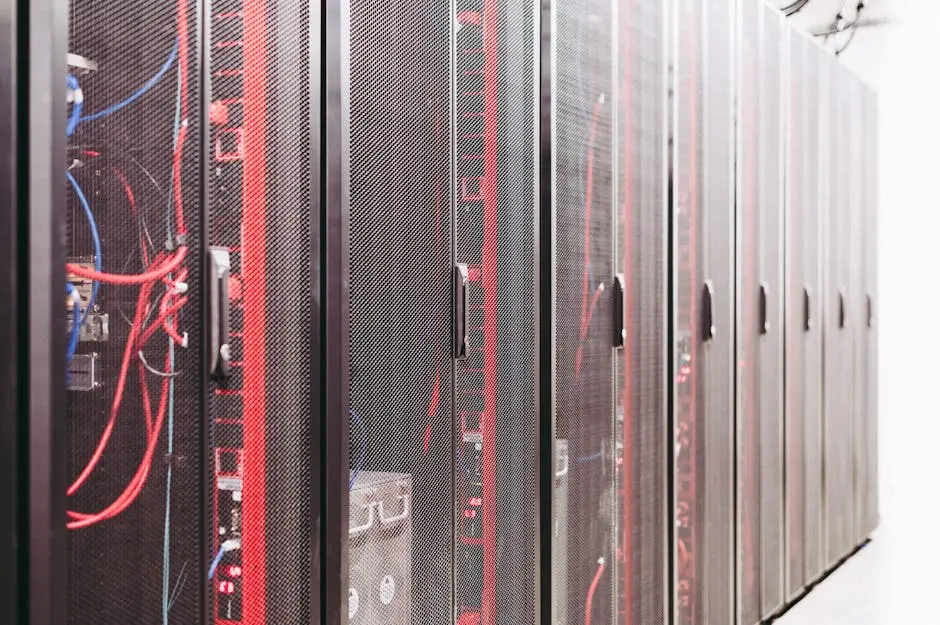When migrating to the cloud, the excitement of new possibilities can often overshadow the importance of a crucial step: IT maintenance. Keeping your systems in top shape not only ensures a smoother transition but also safeguards the integrity and performance of your operations. Let’s explore why IT maintenance is vital during cloud migrations.
1. Ensuring System Compatibility
Before moving to the cloud, ensuring all your current systems are compatible is crucial. Regular IT maintenance helps identify any potential roadblocks or software that may not seamlessly integrate with your new cloud environment. This proactive approach avoids the pitfalls of unexpected system incompatibilities that could delay the migration process or lead to additional costs down the line. It’s much like conducting a thorough compatibility check before updating the software on your device—it reduces the chance of encountering errors that prevent you from using certain applications or features.
2. Keeping Data Secure and Protected
Data breaches are a significant concern during migrations. Consistent IT maintenance includes updating security protocols and running tests to protect data integrity as it moves to the cloud. Just as you lock your door when exiting your home, ensuring your security systems are active and current mitigates risks of unauthorized access. Moreover, keeping up with the latest cybersecurity measures shields sensitive information from potential threats and vulnerabilities that could arise during the transition phase. This not only protects your data but also preserves the trust between your business and its clientele.
3. Avoiding Downtime and Disruptions
Unexpected downtime can be costly. Through diligent IT upkeep, potential issues can be detected early, avoiding disruptions during the migration process and ensuring continuous business operations. Proactive maintenance involves checking system preparedness and addressing any weak points. This proactive stance allows businesses to identify potential problems before they escalate, which in turn ensures that operations run smoothly and efficiently. The peace of mind that comes with minimizing interruptions can significantly impact your bottom line by maintaining productivity and, ultimately, profitability.
4. Optimizing Performance
IT maintenance isn’t just about fixing problems; it’s about optimization. Keeping systems updated ensures optimal performance, allowing your cloud migration to enhance not just capability, but also efficiency. Regular maintenance can reveal areas where performance can be tweaked, ensuring that all systems work at their best potential. This optimization can lead to faster processing times and more efficient data handling, thus boosting overall productivity. By continually improving the infrastructure, organizations can remain competitive by making the best use of their IT resources.
5. Facilitating Better Scalability
A well-maintained IT infrastructure makes it easier to scale resources as needed in the cloud. This flexibility is key to adapting to business growth and changing demands. With proper IT maintenance, businesses can quickly adjust resources to meet peaks and troughs in demand, ensuring they only pay for what they need. Such efficiency allows companies to drive innovation and deliver services faster while maintaining high standards of quality. Overall, this scalability enhances business resilience, making it better equipped to handle fluctuating operational demands or shifts in the market landscape.
6. Enhancing User Experience
A seamless user experience is vital. Regular maintenance helps preemptively address potential user interface issues, enhancing usability and satisfaction post-migration. When IT systems are regularly updated and maintained, they are more user-friendly and efficient, minimizing frustration and downtime for end-users. This proactive stance allows businesses to focus on delivering high-quality services while ensuring customers remain satisfied and engaged with their digital experiences. Ultimately, an enhanced user experience can translate into better customer retention and positive word-of-mouth.
7. Preparing for Future Innovations
Regular IT maintenance prepares your systems for future technological advancements. By staying current, you position your business to easily integrate new technologies that come with cloud advancements. This forward-thinking approach also facilitates smoother transitions when adopting cutting-edge solutions, whether it’s the deployment of AI tools or the integration of IoT devices. Additionally, businesses can leverage the advantages of emerging software updates, ensuring they’re never lagging behind the competition. With a robust foundation in place, organizations can confidently explore innovative avenues and capitalize on the numerous opportunities that technology continually offers.

